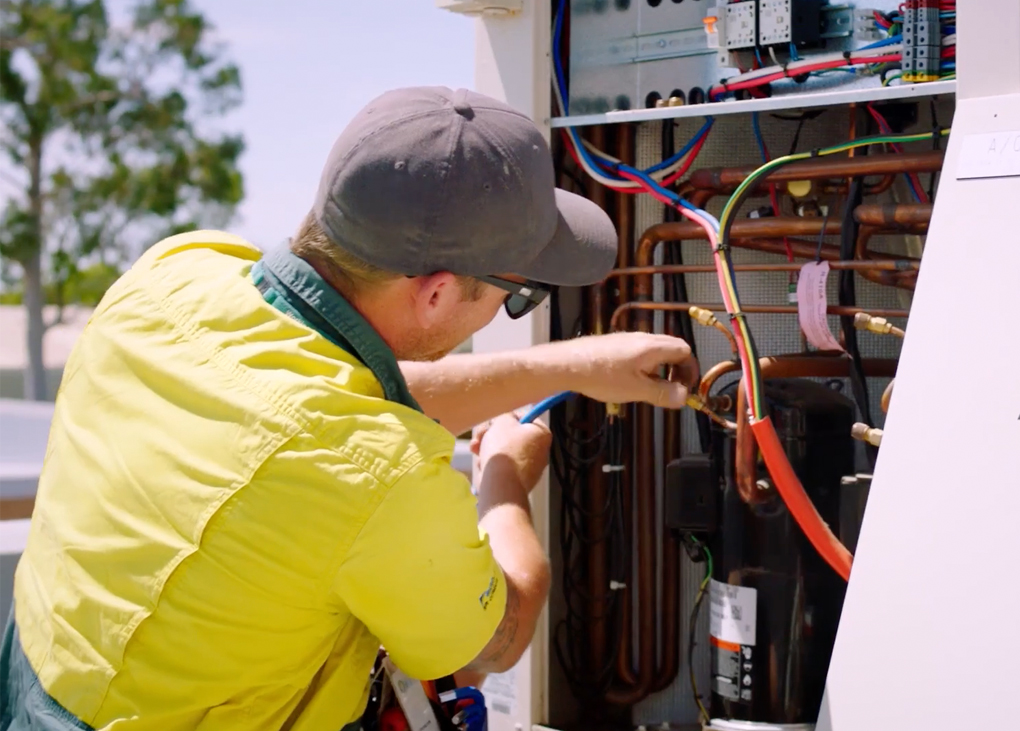The federal government has announced a new $2.5bn package to support training and job creation, and to help the economy recover from the impact of COVID-19.
The bulk of the funding will go towards extending and expanding the Supporting Apprentices and Trainees (SAT) wage subsidy. This program pays 50 per cent of an apprentice’s wages, up to a maximum of $7,000 per apprentice per quarter.
The SAT received $1.3bn in March and has now been allocated another $1.5bn. This will extend the subsidy from October 2020 to the end of March 2021, and make more businesses eligible to receive the payment. According to the government, it will mean an increase from 47,000 employers and 81,000 staff covered, to almost 90,000 businesses and 180,000 employees covered around the country.
Previously, the SAT program targeted small businesses with less than 20 employees; now, it will cover companies that have 199 employees or less. The new rule will apply to apprentices employed at July 1, 2020.
The National Australian Apprenticeship Association (NAAA) has warmly welcomed the announcement.
“In total there are around 116,500 businesses currently employing apprentices and trainees in Australia,” says NAAA CEO Ben Bardon. “So, extending the coverage to 90,000 of them is a really significant measure to stabilise the apprenticeship market.
“This will be particularly important when the JobKeeper measure is wound back because currently there are 154,000 apprentices and trainees being paid under that arrangement. Our research shows that employers of apprentices are 2.5 times more likely to use JobKeeper than other firms.”
The NAAA noted that the extension of SAT will be particularly beneficial to many smaller businesses that have a full-time equivalent workforce of less than 20 but a headcount of more because of the casuals they employ.
It also called for more measures to help businesses to employ apprentices, citing the fact that the number of young people starting apprenticeships is down by about a third so far in 2020.
The other major facet of the government funding is the JobTrainer scheme. This will be a joint investment between federal and state governments to create about 340,000 places to train school leavers or retrain those looking for work.
It will be targeted at short courses, in subjects to be determined by the National Skills Commission (NSC) in consultation with the states. So far, the areas flagged for attention are healthcare and social assistance, transport, postal and warehousing, manufacturing, the retail trade and wholesale trade.
Featured image courtesy of GOTAFE.
 Mark Vender
Mark Vender


Leave a Reply